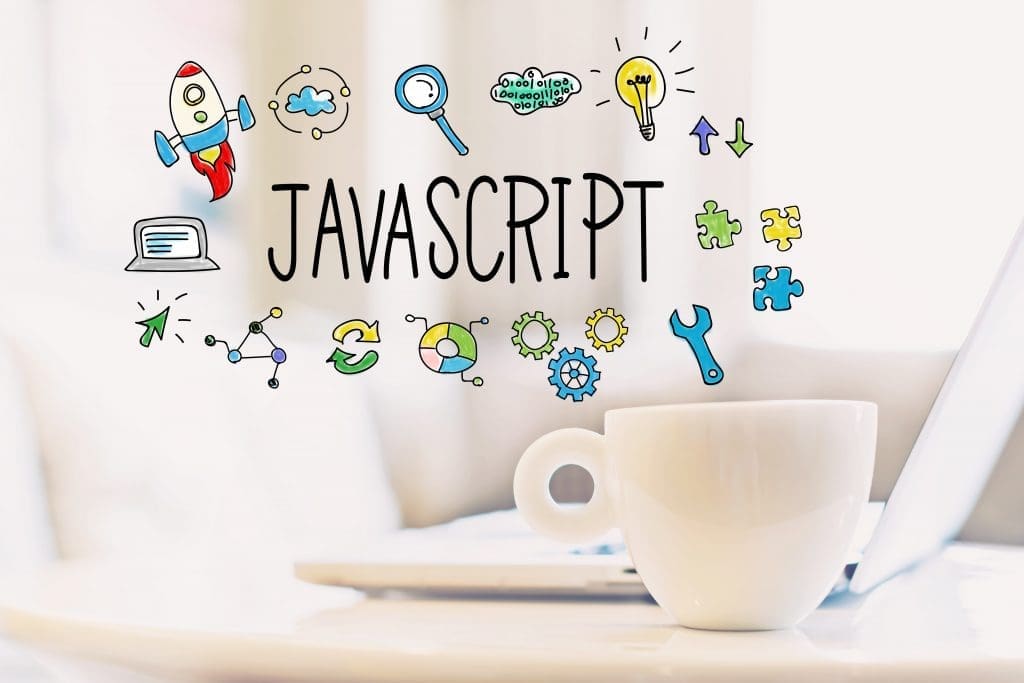Anytime you are coding, errors are going to occur. As you gain experience, you will get better at either not making errors, or recognizing errors and why they occur. Let’s take a look at some common errors to understand them and why they occur.
Reference Error
This error occurs when a reference is made to a variable that does not exist. Imagine we have a variable…
let animalName = ‘Bongo’;If we log the variable to the console, it will print out “Bongo”…
console.log( animalName );Side note: the console is a tool within modern browsers that you will use often in your JavaScript programming. To access the console, hit F12, or go through your browser menu to the developer tools. You will see that console is one of the tabs. The console object has methods that we can use in programming. One of them is log(). The log() method allows the information within the parentheses to display in the console area.
Imagine we made an error and misspelled the variable…
console.log( animalNme );This would result in a reference error. The console would report ReferenceError: animalNme is not defined. It is also helpful that the console shows the line number where the error occurs.
This error would also occur if we do not create our variables.
If we log the variable to the console without first creating it…
console.log( animalName );The console would report ReferenceError: animalName is not defined.
Another reference error is when we create the variable, but do not initialize it with a value…
let animalName;If we log the variable to the console, it will print out undefined…
console.log( animalName );It is a recommended practice to initialize your variables upon creation. If you do need to set a variable to an empty value, it is a recommended practice to set it to null.
Happy Coding!
Clay Hess




